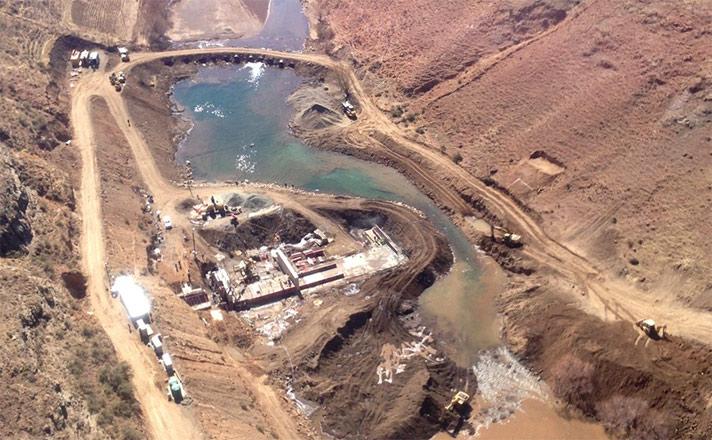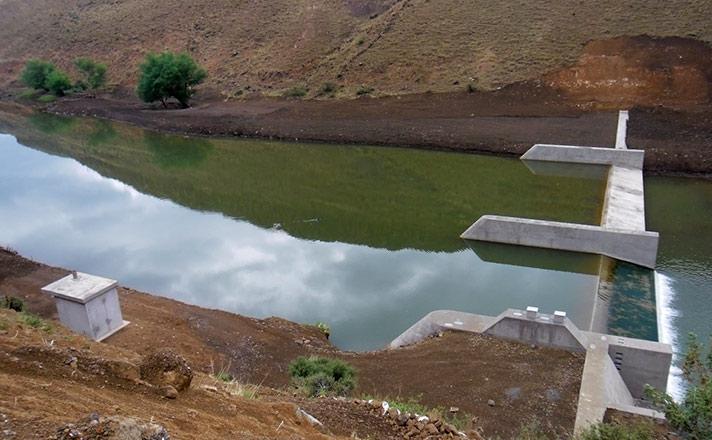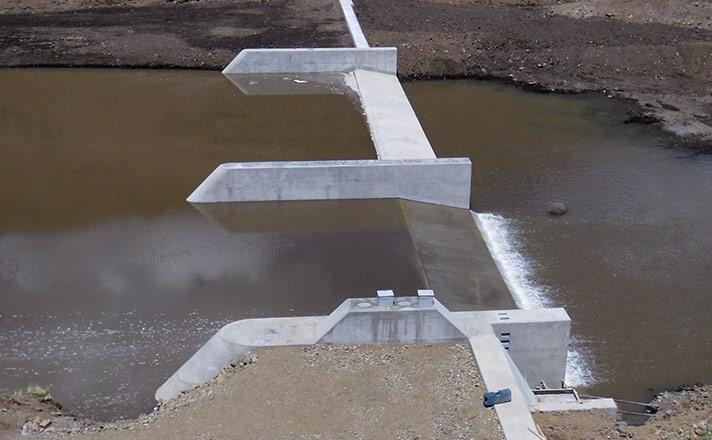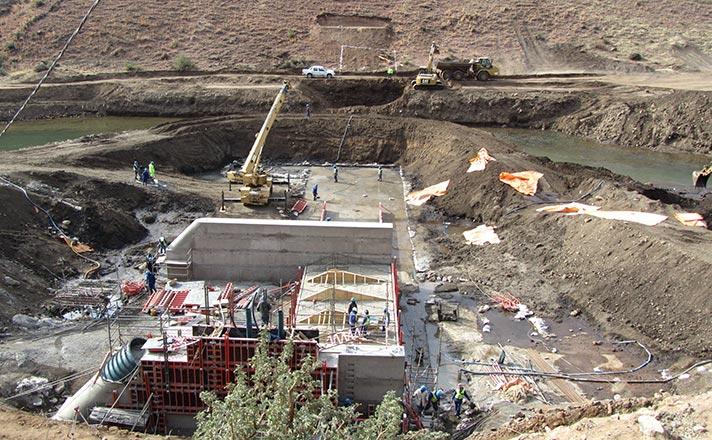Project Overview
The contract period was originally from end May 2012 – December 2012.The contract was suspended on 31st October 2012 “as a result of rising water levels in the Senqu River, which makes construction impossible during the rainy season”. Suspension was lifted during April 2013 and construction recommenced in May 2013 and contract completed and handed over on time on the 17th October 2013. Final contract value was M 24 307 249.
Project Detail
Project Motivation
The Lesotho Highlands Water Project (LHWP) is a project between Lesotho and South Africa. It entails construction of dams and tunnels for the purpose of storing, diverting and controlling the flow of water of the Senqu/Orange River and its tributaries in order to effect delivery of water to the Republic of South Africa and to generate hydro-electric power in Lesotho.
The LHWP Second Phase will bolster water security for densely populated Gauteng, while Lesotho will enjoy royalty payments from South Africa, and 3 500 to 4 000 jobs will be created during the construction phase. The Polihali Dam will be the commencement of Phase 2 of the Lesotho Highlands development.
Design:
The gauging weir was built to measure water flow in the Senqu River to enable future planning in the design of the construction of the future Polihali Dam.
Material:
Conventional 42,5 MPa concrete.
Environmental Considerations:
The environmental regulations stipulated that no construction waste and hazardous contaminants was permitted to contaminate the river system.
Specifications:
All work will comply with the technical portions of relevant SABS specifications and codes of practice and other standards as are normally applied to building projects, as follows:
- SABS 1200 standard specifications for Civil Engineering construction.
- The Occupational Health and Safety Act.
- The National Environmental Policy.
Project Special Characteristics:
The contractual requirement that the majority of the general workforce would be employed from the surrounding villages was adhered to.
Suitable river diversion embankments had to be constructed to ensure uninterrupted flow of the water to avoid loss of habitat for the aquatic systems and continual downstream supply of water. The diversion embankments also ensured that construction was not interrupted.
Management of construction waste and hazardous contaminants was strictly enforced. No waste spillage was permitted on the site as well as into the river system.
All the concrete aggregates were sourced from the lowlands and transported over the highest passes in Southern Africa through hail, rain, sleet and snow.
The high degree of accuracy of the finished concrete surfaces were attained. An average deviation of one millimetre over the total crump length of 48 metres was achieved.




